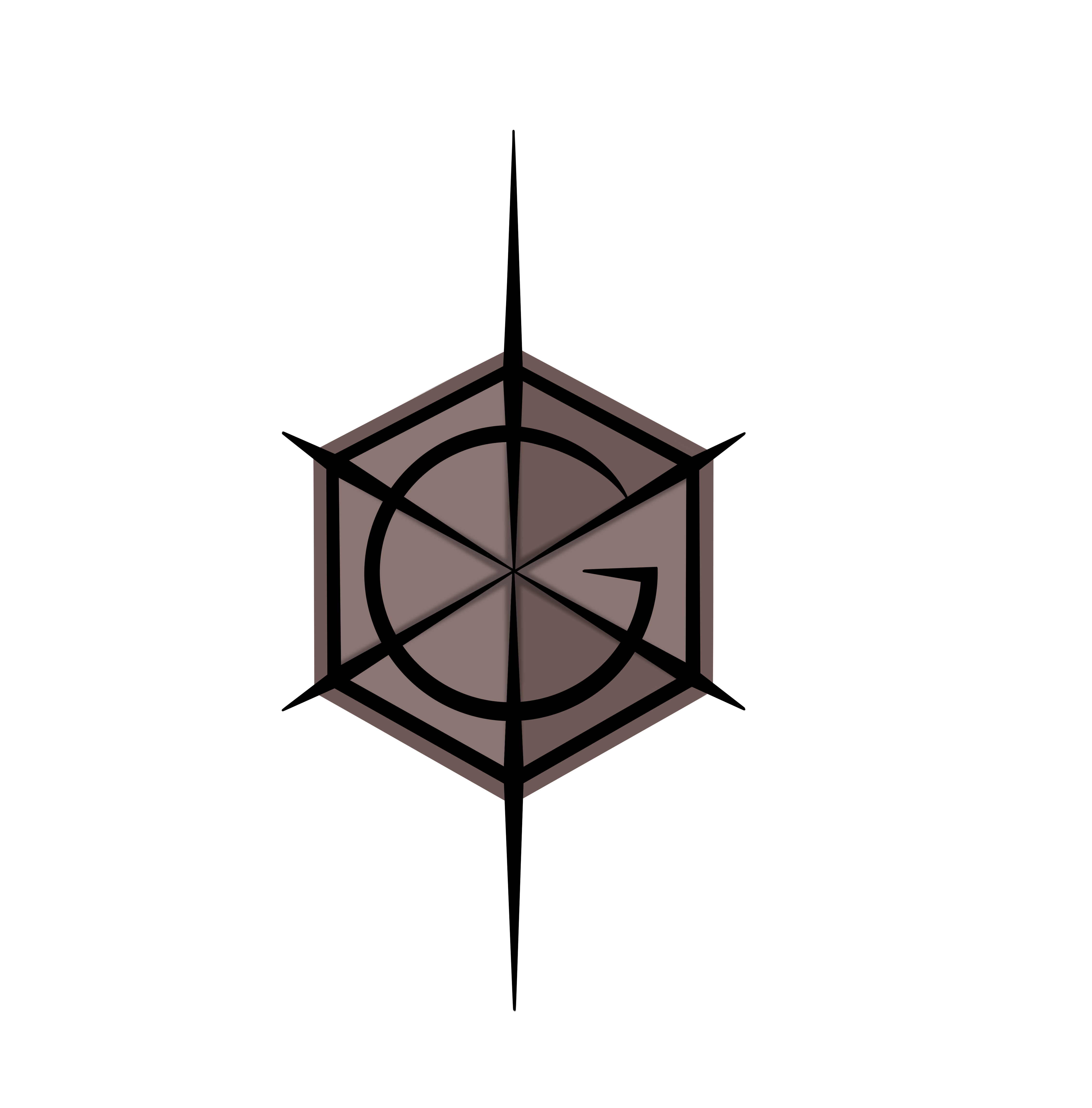Angles and Framing
Angles
Birds Eye View (BEV)
DESCRIPTION:
A shot taken from directly above, looking down on to the action or a point of interest.
PURPOSE:
unusual elevated perspective makes it distinctive and stand out as well as, often highlights the position.

Worms Eye View (WEV)
DESCRIPTION:
A shot taken from directly below, looking up on the action or a point of interest.
PURPOSE:
powerlessness, humble perspective, can emphasize height

High Angle (HA)
DESCRIPTION:
A shot taken from diagonally above the action or a point of interest, looking down
PURPOSE:
intimidation, viewer has the power, subject looks weak

Long Angle (LA)
DESCRIPTION:
A shot taken from diagonally below the action or a point of interest, looking up
PURPOSE:
subject is dominant and has the power

Canted/Dutch Angle (CA/DA)
DESCRIPTION:
An unbalanced shot, where the physical camera itself is placed at an unorthodox angle.
PURPOSE:
intensity, makes you feel like something is not right, chaotic and disorientating

Wide Angle (WA)
DESCRIPTION:
A shot taken from distance in order to frame more than two subjects at the same time.
PURPOSE:
to show a group of subjects and their relationship to each other

Two Shot (TS)
DESCRIPTION:
A shot taken at eye-level that frames two subjects at the same place in the same time, often having conversation.
PURPOSE:
two people relationship, dialogue

Over The Shoulder (OTS)
DESCRIPTION:
A shot taken from behind a subjects shoulder, engaging in a conversation with another.
PURPOSE:
conversation, interaction, addresses the viewer, makes them feel like they are a part of the conversation

Point of View (POV)
DESCRIPTION:
A shot taken from a subjects line of sight, allowing the audience to see what the subject sees.
PURPOSE:
sense of realism, empathise the viewer with the character

Establishing shot (ES)
DESCRIPTION:
A shot taken from a extreme distance, always occurring at the start of the scene.
PURPOSE:
to place the viewer in a specific setting

Framing
Extreme Long Shot (ELS)
DESCRIPTION:
The camera focus is on the surroundings or location, no subject or the subject is far away.
PURPOSE:
to establish the scale of the scene/event, to draw attention to the surroundings

Long Shot (LS)
DESCRIPTION:
The camera focus is on the subjects whole body, with the subject framed head to toe.
PURPOSE:
focusing on movement, costume or pose

Medium Long Shot (MLS)
DESCRIPTION:
The camera focus is on the subjects body, with the subject framed from knees up.
PURPOSE:
focuses on the body language as well as on the costume

Mid Shot (MS)
DESCRIPTION:
The camera focus is on the subjects whole torso, with the subject framed head to waste.
PURPOSE:
what you’re trying to sell (addverts), body language, speech, engage with the mood of the subject

Medium Close-up (MCU)
DESCRIPTION:
The camera focus is on the subjects upper torso, with the subject framed head to chest.
PURPOSE:
facial expression, posture

Close-up (CU)
DESCRIPTION:
The camera focus is on the subjects profile, with the subject framed head to shoulder.
PURPOSE:
facial expression, emotions

Big Close-up (BCU)
DESCRIPTION:
The camera focus is on the subjects facial expression, with the subject framed eyes to mouth.
PURPOSE:
feelings, emotions, reaction to something, intensity

Extreme Close-up (ECU)
DESCRIPTION:
The camera focus is on the subjects facial elements, with specific features framed (finger on a trigger, key in the hole, tear in the eye).
PURPOSE:
draw attention to one single element, may be an emotion (tears, smile)

